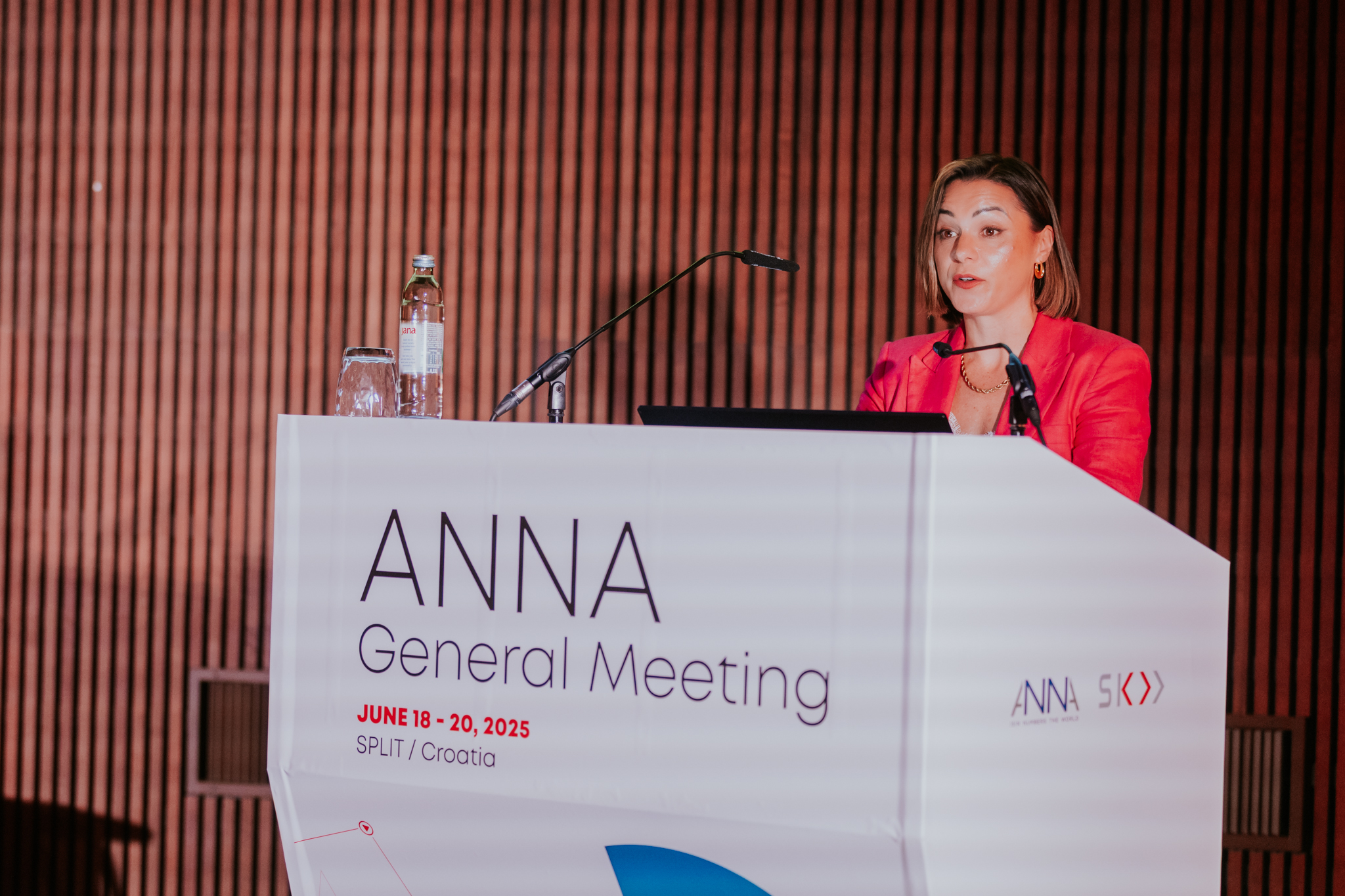First published on TabbFORUM, 25 June 2025. A universal language Consensus-based financial standards developed by…
Industry collaborate on ANNA’s Benchmarks Task Force
ANNA, through its ongoing collaborative work with Benchmark Administrators, recently held a productive Benchmarks Task Force (TF21) meeting (virtual online) at the end of March, 2020. The aim of the meeting was to follow up on actions from the previous meeting on ISIN data analysis – details of which can be found here – and share any observations and approaches that can be used going forward by parties involved.
The meeting provided for productive discussions on data quality and alignment issues, and how that relates to the collaboration between Benchmark Administrators (BAs), responsible for the integrity, accuracy, methodology related to benchmarks, and National Numbering Agencies (NNAs). At the heart of ANNA are the member NNAs, responsible for ISIN, FISN and CFI assignment and maintenance, who are the central point for knowledge in their jurisdictions and are able to assist their local communities and help elevate any local challenges or concerns to the international level.
There was strong group consensus that by continuing to work together on data alignment, the industry – through the Task Force – can move these initiatives forward, for the benefit of the wider user community. It is more important than ever for the industry to work together to find ways to mutualise areas where all can benefit. By adopting global industry standards, organisations are able to meet regulatory requirements and help improve transparency, stability and efficiency.
ISIN Jurisdiction Determination
A useful discussion was held around the determination of ISIN prefixes for indices where the BA has a global footprint, i.e. which jurisdiction prefix should apply? It was agreed that the BA’s legal presence was the driving determination and that due to the increasing use of LEIs, the LEI of the BA could be utilised to determine the legal jurisdiction. Today, 50% of ISINs for indices already have an associated LEI.
Where regulatory mandates are in place for use of LEI or, include use of a BA register such as ESMA’s Benchmarks Register, determination of the legal jurisdiction is more straightforward. This is also generally true for traditional BAs whereas, it may be more complex for other BAs, such as banks. It was also noted that although ESMA Benchmarks Register could be leveraged, complexity remains for those BAs which operate outside of the EU, or both inside and outside of the EU under different legal entities. An example of an ISIN request use case was provided where the BA did not have an LEI and nor did the methodology documentation confirm the legal jurisdiction. This scenario highlights the NNA’s reliance on the BA to ultimately confirm the legal jurisdiction.
It was agreed that LEI be the first port of call in determining the appropriate ISIN jurisdiction and in the absence of an LEI, the NNA should go back to the requestor to procure more entity information about the BA. A recommendation will be provided for ISIN Guidelines to include ‘LEI of the BA should be used to determine the appropriate jurisdiction for ISIN allocation and, in the absence of an LEI, the NNA should go back to the requestor to procure more entity information about the legal presence of the BA.’
The topic of change of jurisdiction for a BA, either due to the change in the ISIN allocation rule, or due to redomicile of the BA was revisited. It was again agreed that where pre-existing ISINs have been assigned by one jurisdiction but future ISINs fall under a new jurisdiction, the pre-existing ISINs will remain active to ensure persistence in identification and to minimise downstream impact to users.
ISIN Data Analysis
An update was provided on the ISIN index statistics, showing an almost 10% growth over the last 12months. 98% of volumes remain concentrated in 5 jurisdictions – Switzerland, United Kingdom, Germany, China and United States and as previously mentioned, 50% of the assigned ISINs have an LEI linkage.
It was agreed the process of analysis would be done holistically, with a lead NNA working to streamline the approach and liaison with the BAs, with a focus to reconcile and analyse ISIN coverage, for enhanced data alignment, availability and accuracy.
Initial high-level observations from both BAs and NNAs were presented to the group:
- Quick wins can be obtained by reviewing the ISIN/index status.
- Use of the BA identifier in the ISIN record could assist the reconciliation process.
- Currency and variant are not always available to determine which index is being identified.
- Character length and use of abbreviations need to be considered.
- Indices where ISINs do not currently exist can be requested as part of the process.
It was brought to the BAs attention that some NNAs offer an ISIN pre-allocation service and that others have processes which facilitate bulk upload functionality, both aimed to improve automation and timeliness in obtaining ISINs. If the sentiment is that process efficiency needs to be improved, these possibilities could be considered as part of the discussions with the NNAs.
It was suggested that consideration should be given to utilising standard abbreviations. The ASB has a 120 character allowance on the description field, although some NNAs may have less than that. A technical recommendation was made for NNAs to maintain description character lengths which mirror the ASB. The abbreviations used for the FISN could be considered as an alternative to assist with character length restrictions.
There was agreement that the data analysis work being undertaken between NNAs and the BAs will continue and the identified observations will be used to introduce methods for moving forward to improve process and approach to ISIN assignment for benchmarks.
Next steps and next meeting
ANNA works with the industry to continuously develop and promote standards in-line with industry needs. This flexible and collaborative approach encourages discussion to implement new models and new approaches, and we believe it is in the interest of the market as a whole to do this in a collaborative, centralised manner rather than on an individual basis. By putting in place rigorous governance around the development, allocation and adoption of ISIN, ANNA and the TF21 help to facilitate open, transparent markets with no barriers to access, while protecting the integrity of the standard.
The next meeting will be scheduled at the beginning of June 2020. For more information or interest from Benchmark Administrators to participate, please contact ANNA – secretariat@anna-web.org



